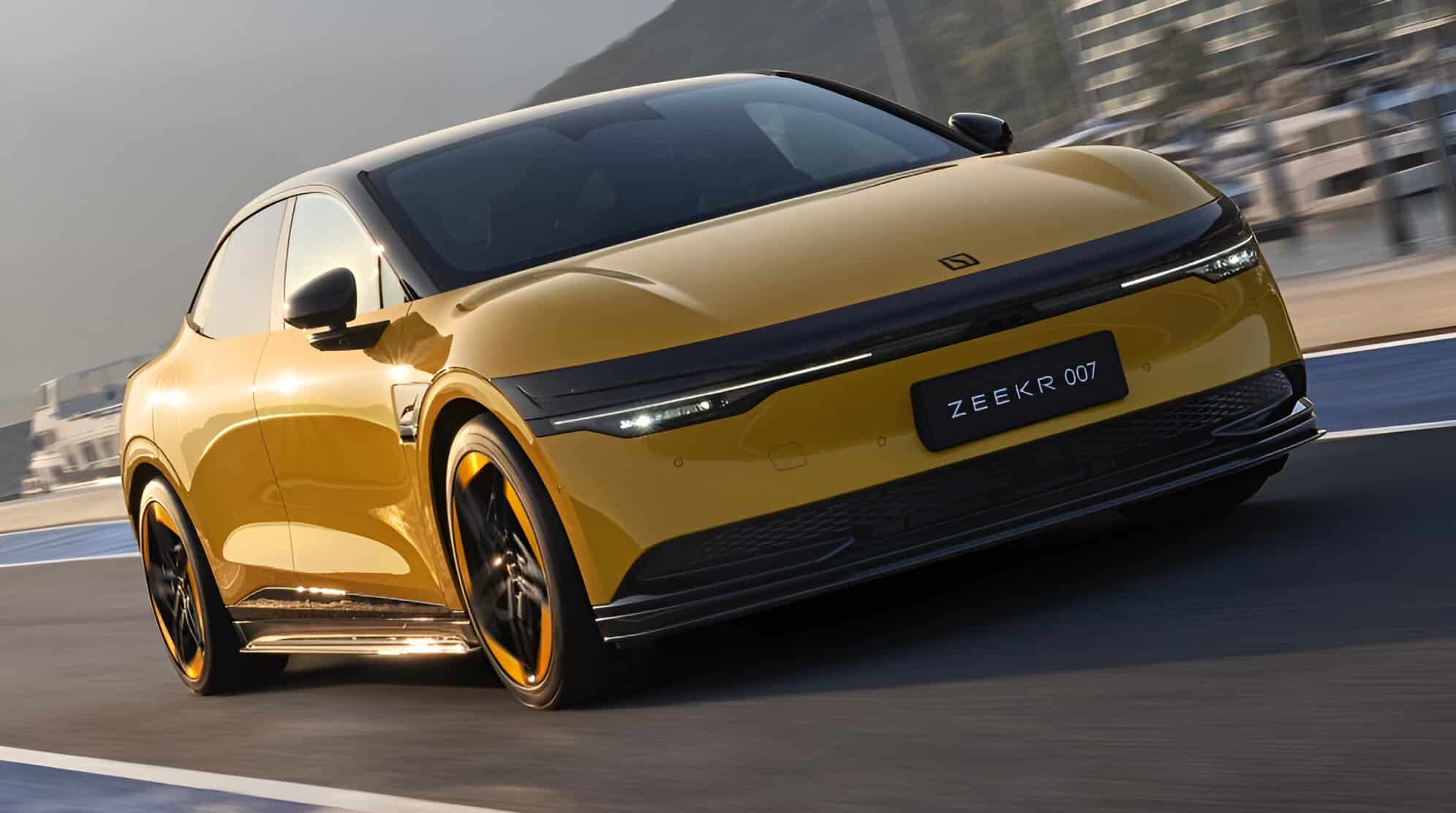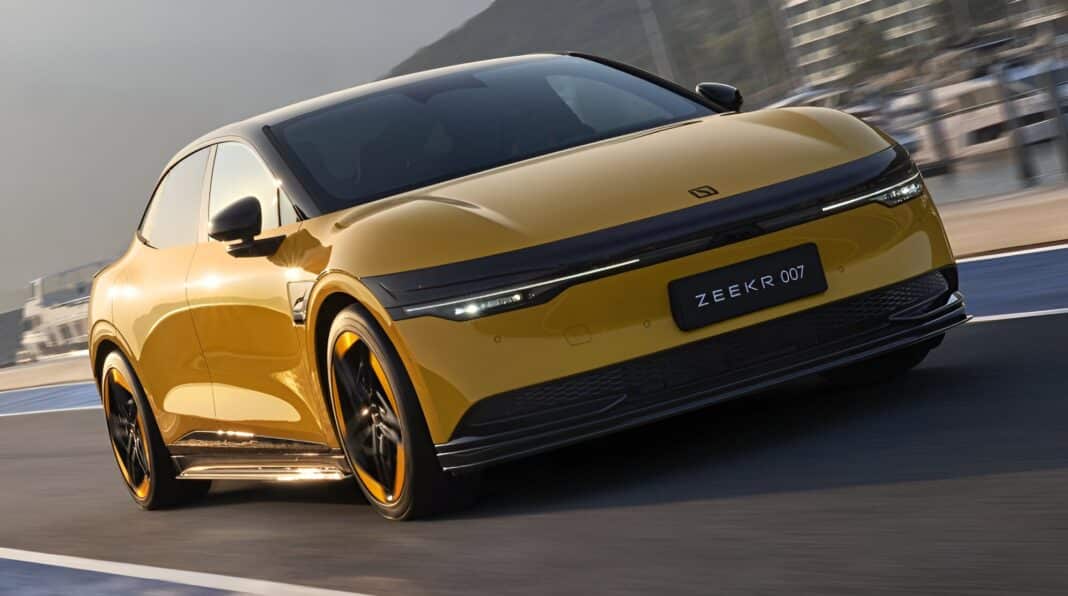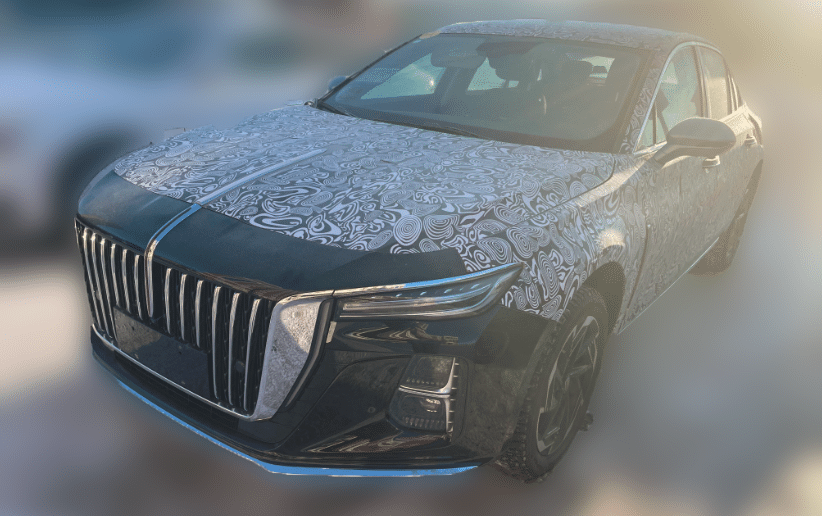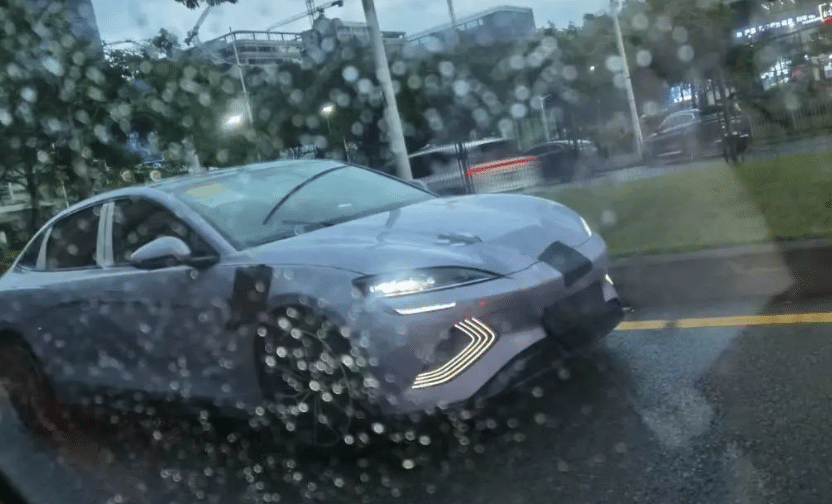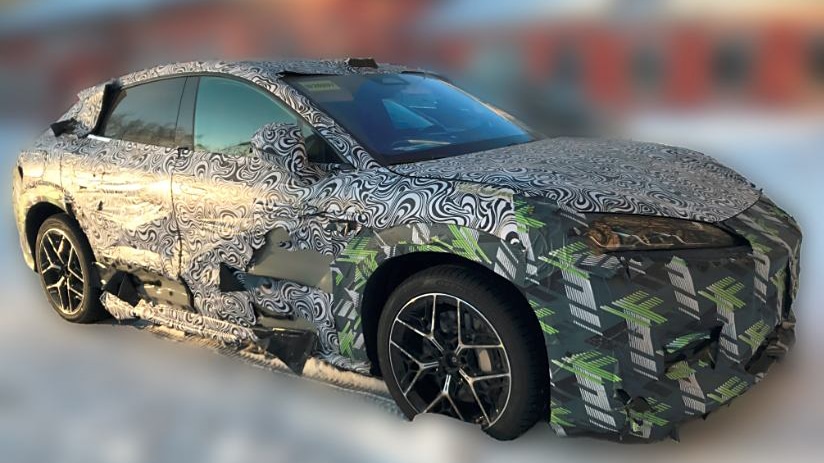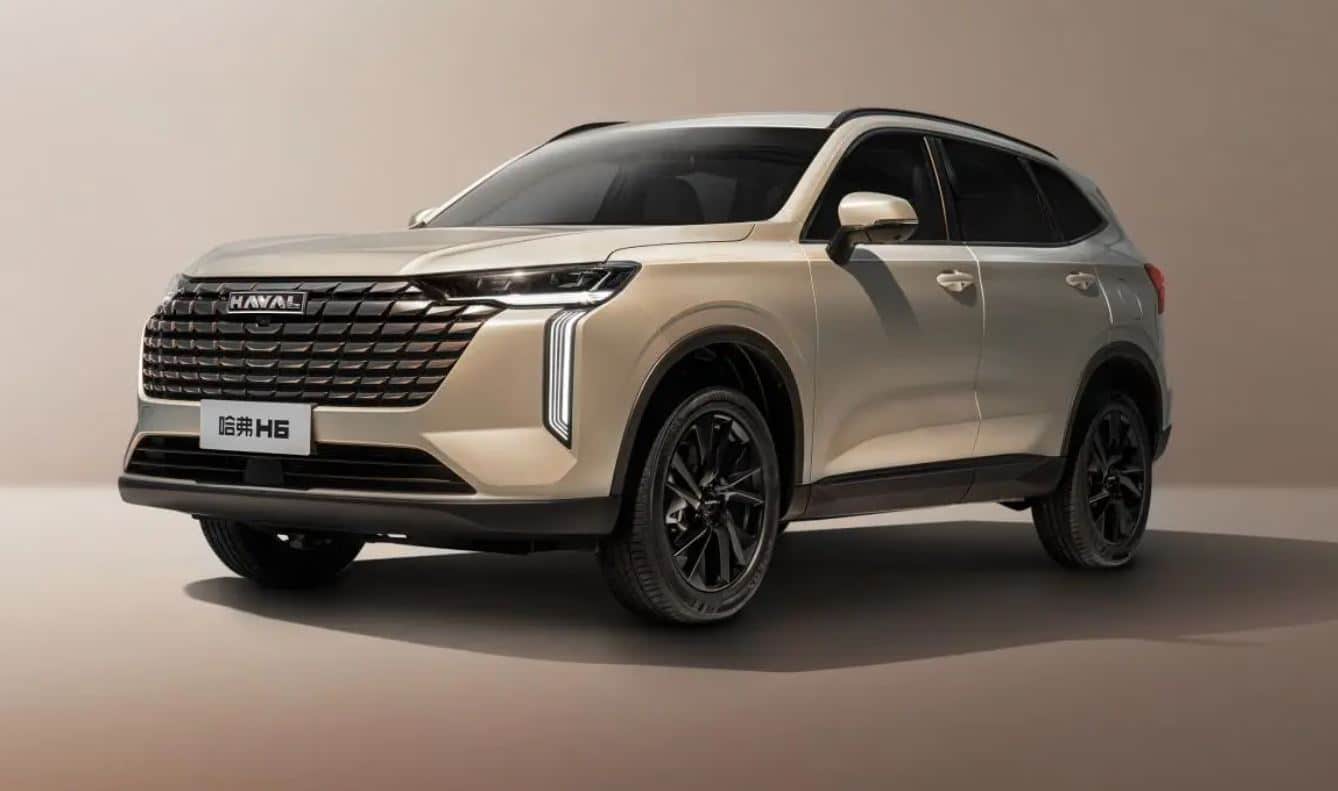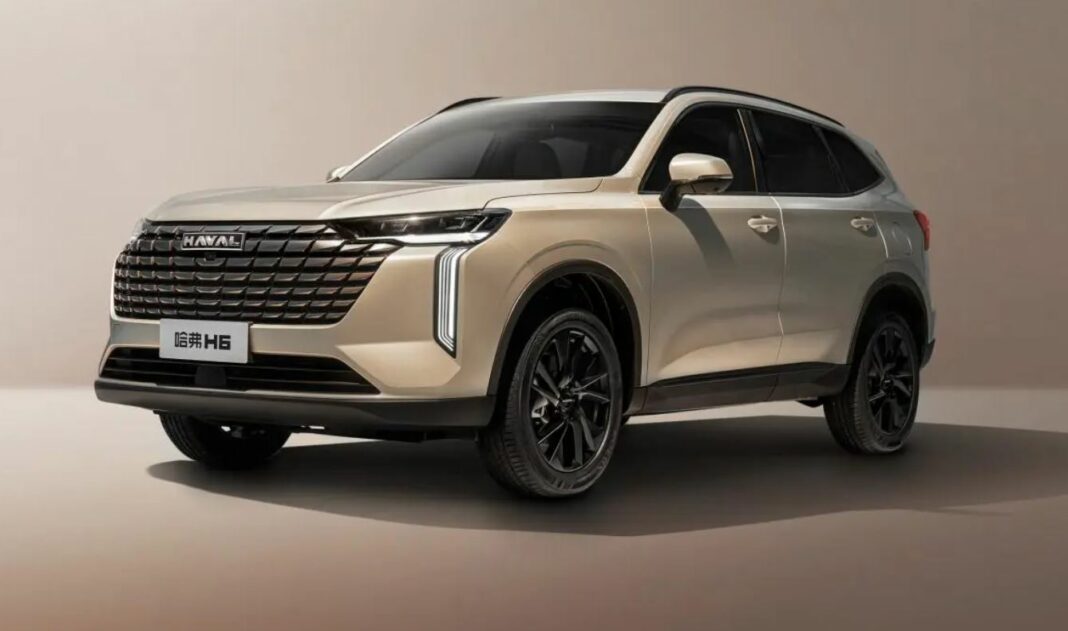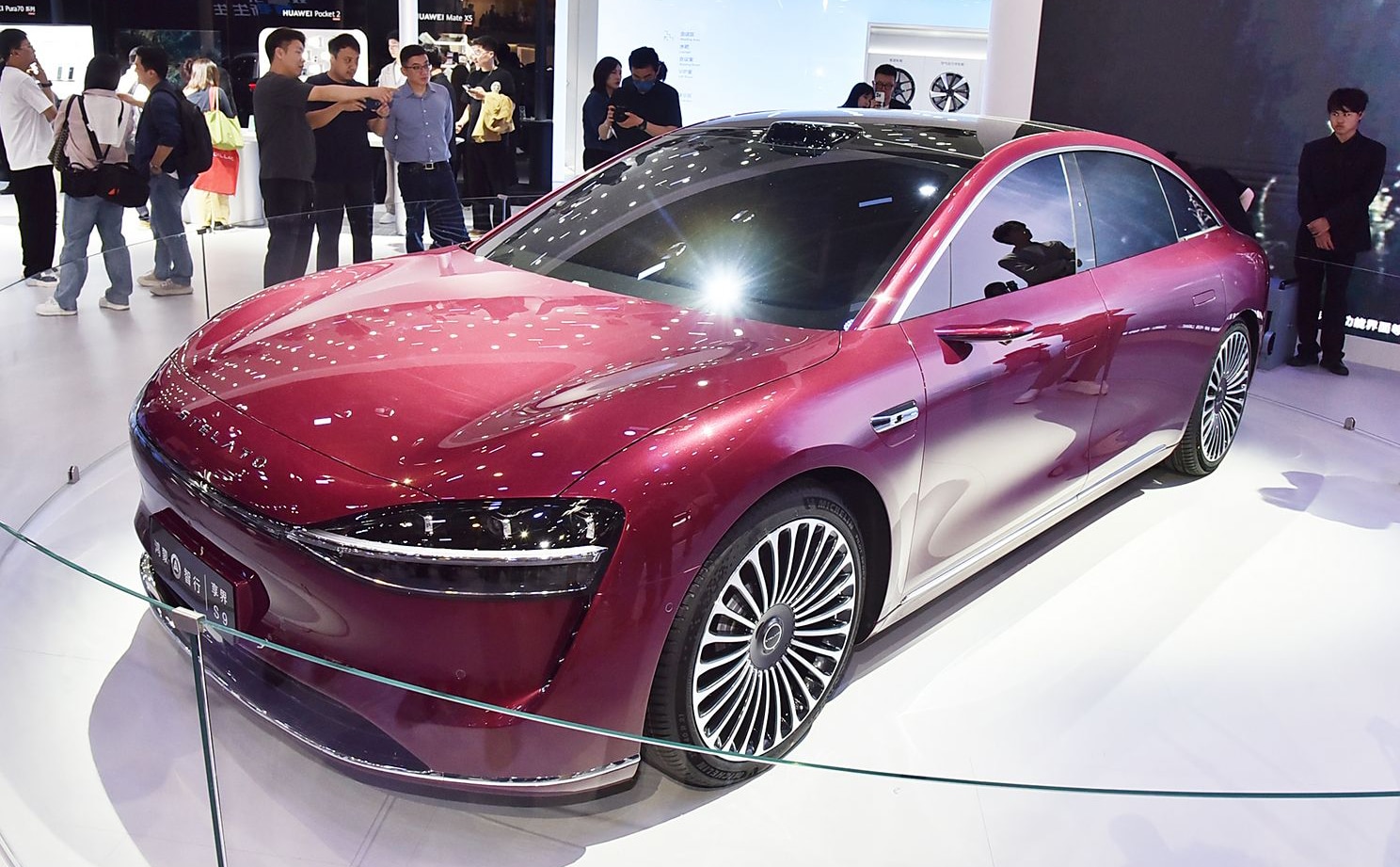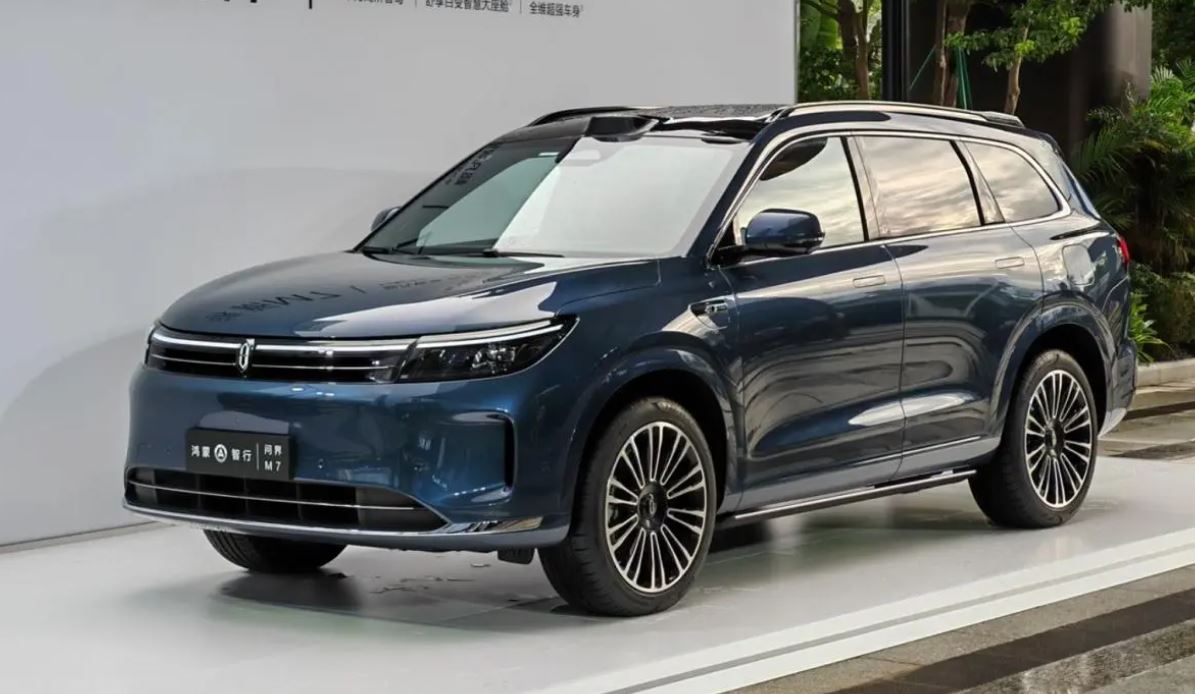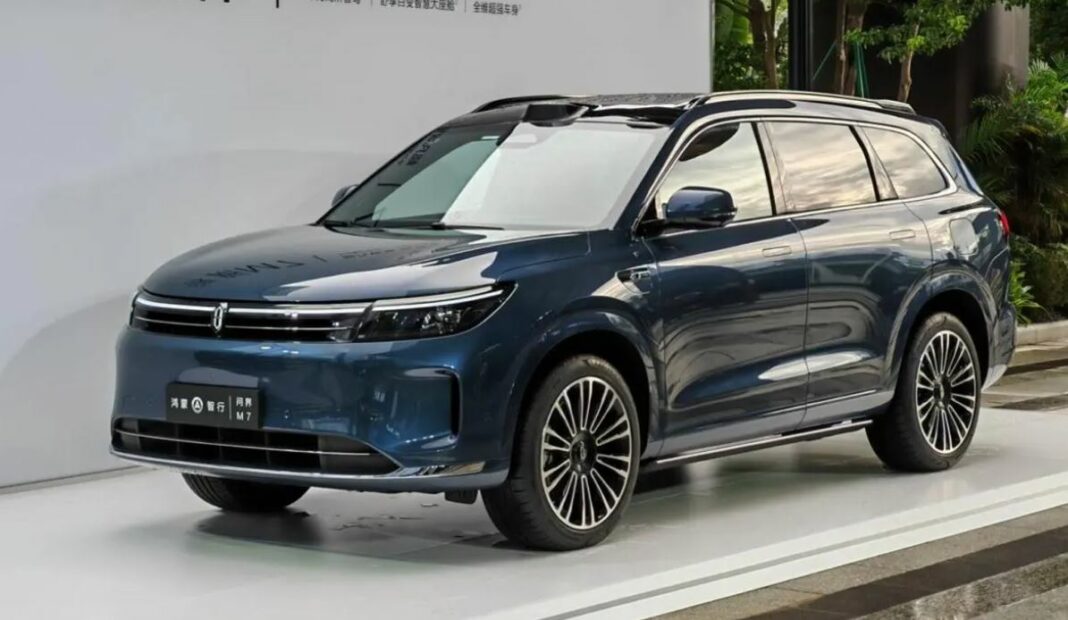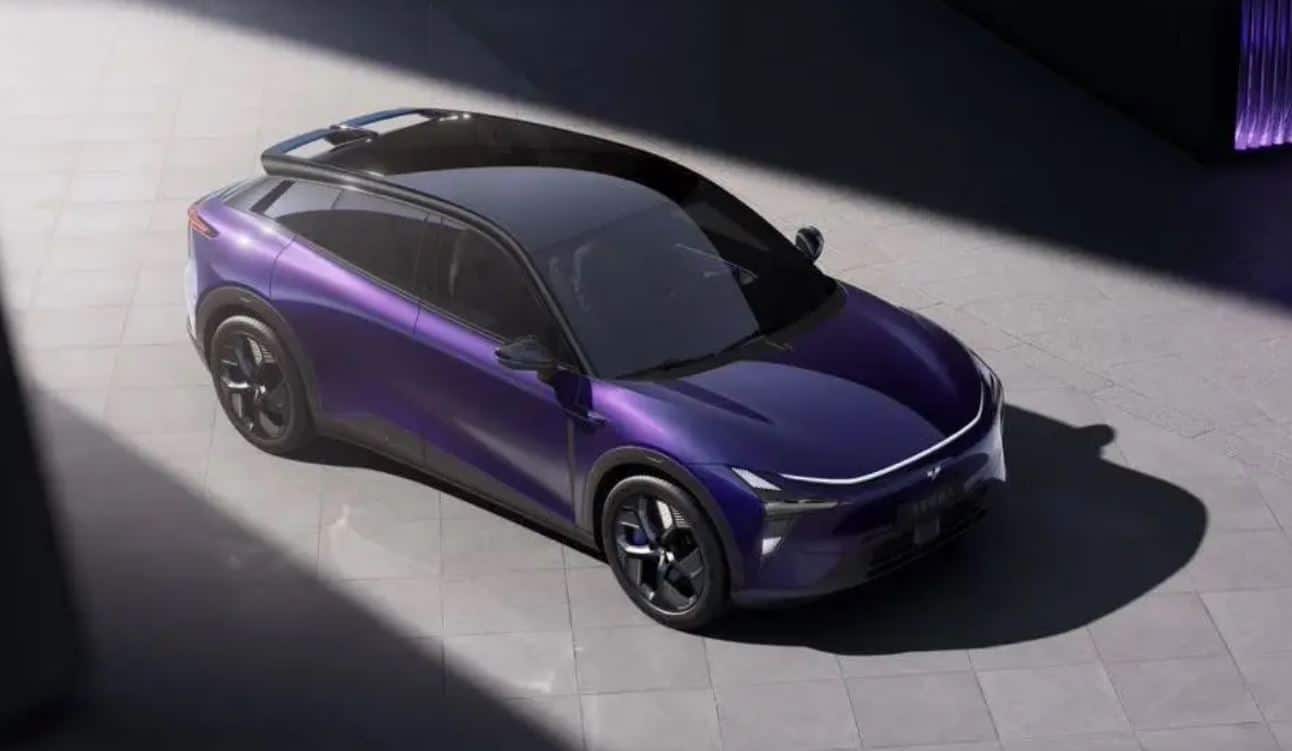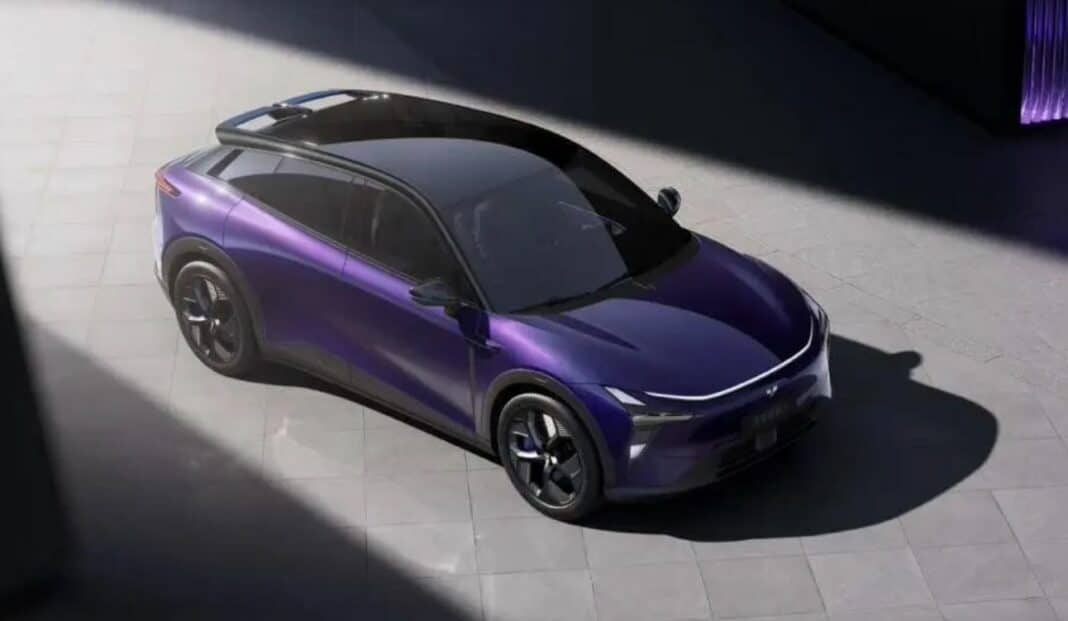Yommie
Elite Member
- Oct 2, 2013
- 55,190
- 36,697
- Country of Origin

- Country of Residence

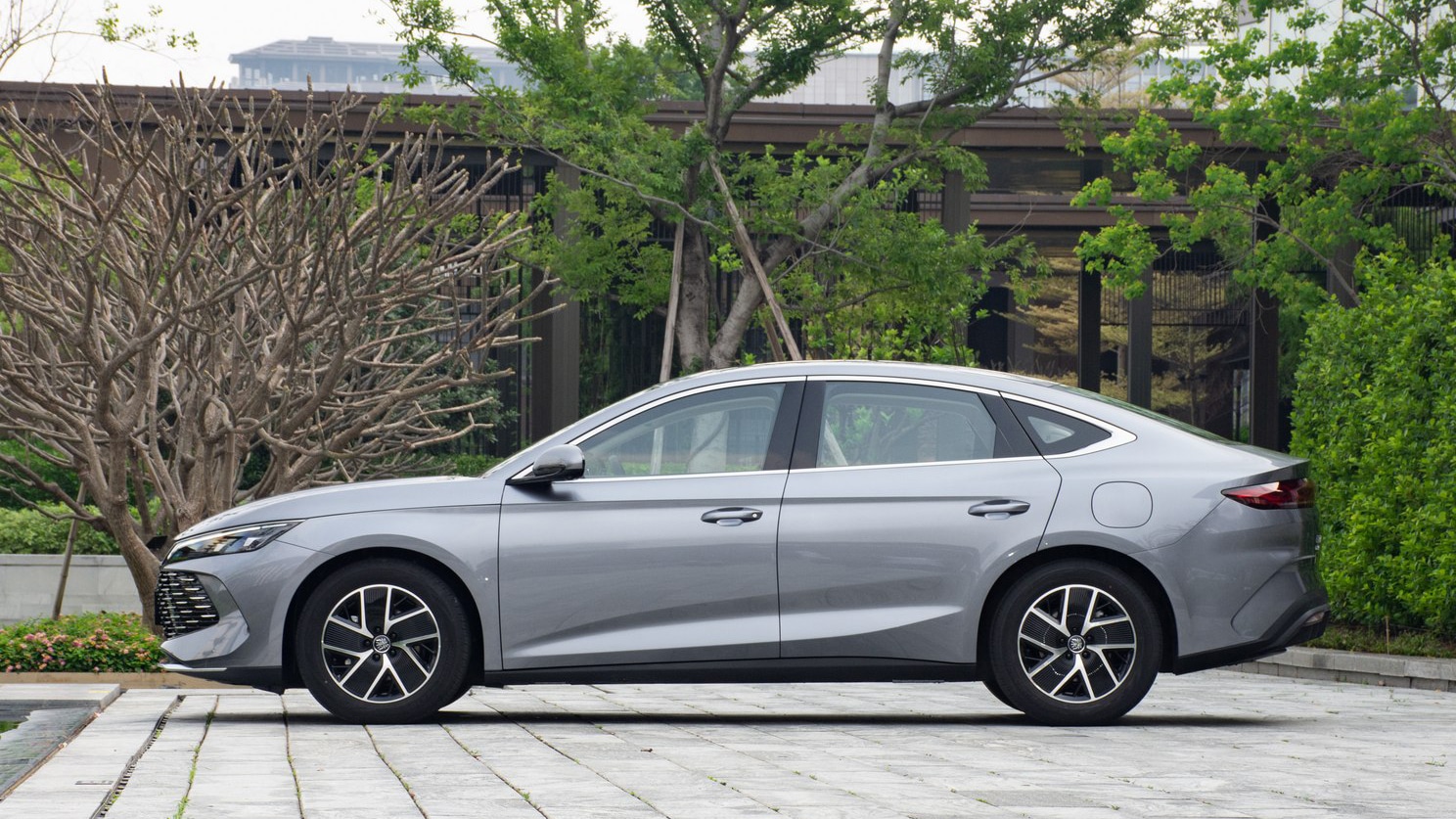
How BYD’s DM-i 5.0 PHEV system reportedly works
A BYD patent shows what the fifth generation DM-i technology may consist of. Three key changes help BYD achieve efficiency.
 carnewschina.com
carnewschina.com
How BYD’s DM-i 5.0 PHEV system reportedly works
Reading Time: 4 minutes
Mark Andrews
May 29, 2024
5

News like this to your inbox or phone?
Weekly summary to your inbox
I want this
Never miss and important news
Get Instant notification once the news is published.
Follow Us
There appears to be a great deal of mystery over exactly what constitutes the BYD fifth generation DM-i system. Many Chinese media articles yesterday when reporting on the release, and also in the run up to it, did quite detailed run downs of the workings of each generation of the PHEV system up until when they got to the fourth generation when they simply said things like “in 2021 BYD introduced the fourth generation technology” and then listed which cars it was used in. When it came to the fifth generation they simply said it was a development of the fourth!
Fast Technology however in an article today quoting from a WeChat post by Jia Haonan in which he outlined what many institutions believe to be BYD’s fifth generation DM-i system. The reason for this belief is a hybrid system patent disclosed by BYD. There seem to be three important upgrades. The first is that the generator can be used as a drive motor, and the drive motor can be used as a generator with furthermore the generator, drive motor and planetary gear system all unified in one shell.
Secondly the system uses a dual clutch to control the working mode rather than using a single-speed gear as in the older generations. BYD’s DM system is a series-parallel hybrid system where either the electric motor or the engine can power the car. In a traditional system both the generator and engine are directly connected through the gear set. If the engine does not work the P1 motor works. This is equivalent to the P1 motor driving the wheels at the same time, it also idles reducing the transmission efficiency. This the article says is the reason why the P1 motor rarely participates in output under the traditional series-parallel structure.
 Older DM-i system on left and the new DM-i system on right
Older DM-i system on left and the new DM-i system on rightBy using a dual clutch the engine can be decoupled from the P1 motor. This means that the P1 can be driven separately or the engine can directly generate electricity to the P1 motor. Because the P1 motor is not very powerful it is very energy efficient when driven directly. However if C1 is disconnected from C0 then P3 will also participate in output. This creates a dual-motor four-wheel drive system which greatly improves the power level in the all-electric mode.
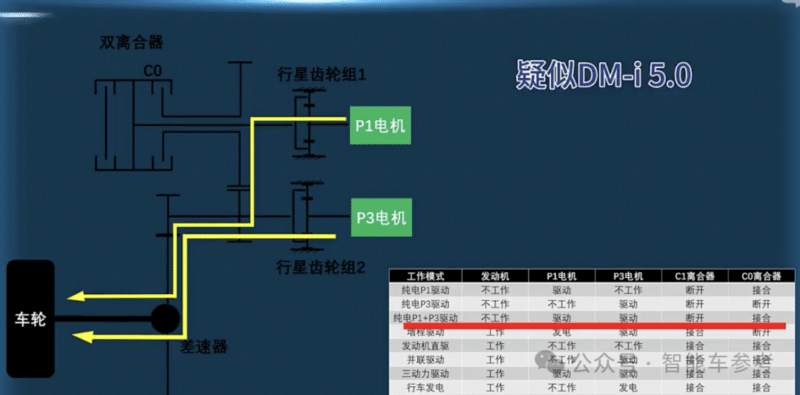
Under hybrid mode C1 and C0 are combined and there are three power sources. Under this the power and torque of the system are greater which means the acceleration time is faster. However, Jia believes that BYD is adopting a strategy which prioritizes energy efficiency over extreme performance.
The third and final major innovation is the double planetary gear system which Jia believes to be the most crucial. Under the previous BYD hybrid systems the engine largely acted as a generator with the motor driving the car. Only under high-speed or rapid acceleration is the engine used to directly drive the car or parallel drive it.
Although this is quite simple to achieve and is cheap to produce there is a problem in that the motor when it is directly driving the car cannot generate electricity. There is a danger that the power of the battery will continue to decrease resulting in the risk of stalling. This is particularly the case if the driver has an aggressive style where they are frequently accelerating and overtaking, or in the case of climbing up a hill for a long time.

Planetary gears solve this problem by diverting some of the engine power to use for generation while also continuing to drive the wheels. Additional advantages are that the volume can be decreased, the strength of the connection improved along with the efficiency of the transmission thanks to the structure of the double planetary gear. The system setup is more flexible than with earlier forms of series-parallel hybrids.
It is via using these technologies that Jia claims the fifth generation DM system from BYD manages to achieves its efficiency. Certainly BYD seems to have moved on PHEV technology and perhaps Jia is right in how BYD has succeeded.

